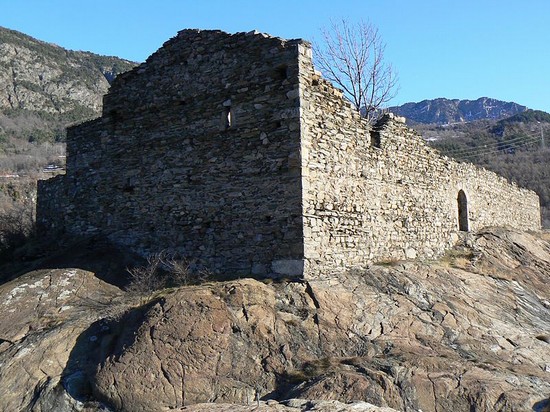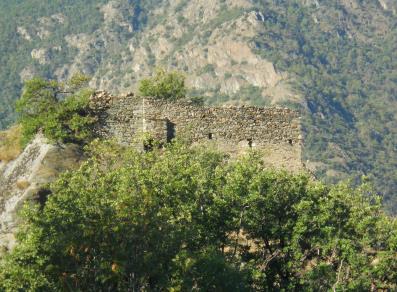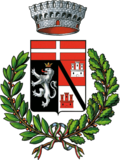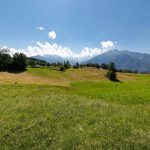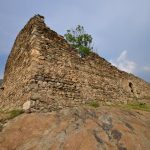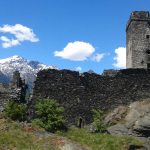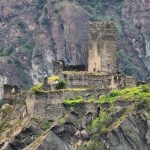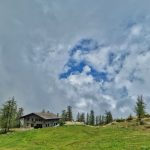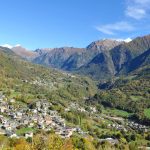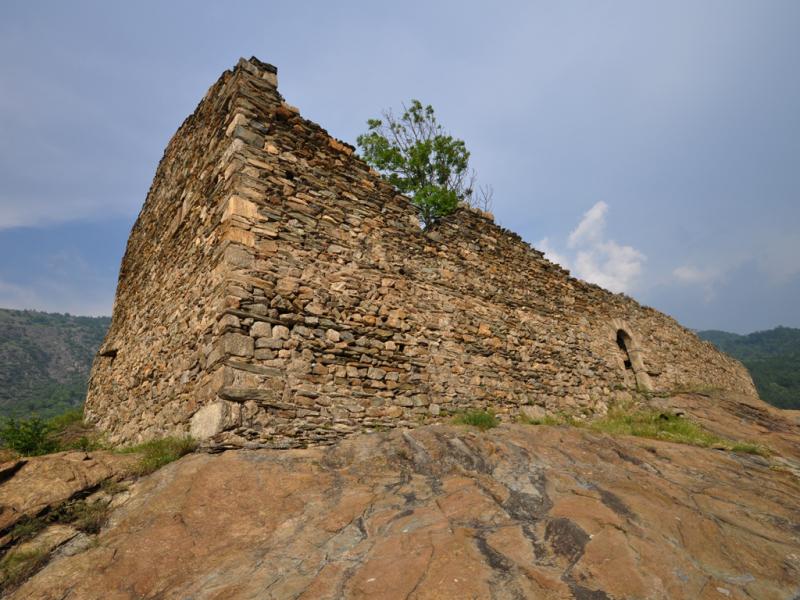
Montjovet Chenal Castle
A Historic Wreck along the Via Francigena.
Montjovet Castle, located in the heart of the Aosta Valley, tells a story rooted in the 13th century.
Originally built as a rectangular-plan fortress, this castle has witnessed important historical and dynastic changes, reflecting the complex networks of power and territorial control of the past.
Although today only a ruin remains, the castle continues to be a site of great historical and cultural interest, located along two important pilgrimage routes: the Via Francigena and the Camino Balteo.
Decline and Preservation Over the centuries, Montjovet Castle has undergone a slow but inexorable decline.
From its position as a prestigious medieval fortress, it gradually became a ruin, a silent witness to bygone eras.
Despite its decay, the castle remains a historical landmark along the Via Francigena and the Camino Balteo, attracting visitors interested in medieval history and pilgrimage routes.
Cultural Importance Today Attraction for Historians and Tourists Montjovet Castle, despite being a ruin, continues to be an important cultural site.
Its history is an emblematic example of the feudal and marriage dynamics that shaped the political geography of medieval Europe.
History buffs can explore the ruins to gain a glimpse of medieval life and strategies of territorial control.
Pilgrimage and Reflection Route Located along the Via Francigena and the Balteo Trail, the castle offers pilgrims and travelers a place to reflect on the transience of power and the persistence of historical memory.
These paths, rich in spiritual and cultural significance, offer a unique context for appreciating the castle not only as a monument but as part of a larger historical and human fabric.



Chenal Castle The History
Feudal Origins and Passages Built in the 13th century, Montjovet Castle was initially under the rule of the lords of Montjovet.
Its strategic location allowed it to control the passages along the road that connected the local Chenal to the castle itself.
This control over transit routes was vital at a time when feudal power depended heavily on the ability to manage and guard trade and pilgrimage routes.
The history of the castle took a significant turn with the marriage of Hebalo the Great, an influential member of the Challant family, to Alexie of Chenal.
This event not only marked the union of two powerful families, but also consolidated the Challants' control over crucial passages in the region.

The Castle of Montjovet saint germain
Frazione Berriaz, 64, 11020 Montjovet, Montjovet AO, Italia

